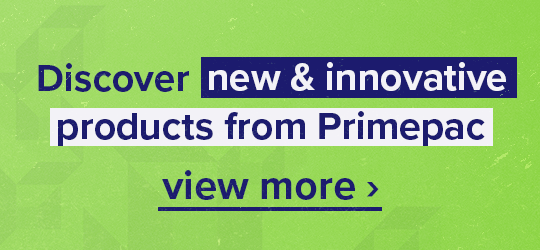.jpg?width=7360&height=4912&name=DSC_8122%20(1).jpg)
E-commerce and the packaging industry constantly evolve with new technologies, customer expectations, and products.
In this article, we cover the latest in the e-commerce sector and share our insights into the state of the packaging industry in New Zealand.
2023 reflections
The economy was swayed by a series of events in 2023, with significant flow-on effects in the packaging industry. Shipping costs and lead times stabilised throughout the first half of 2023, improving certainty for importers and end users. However, the Red Sea conflict ramped up, increasing shipping costs and raw material costs.
Total online spending in New Zealand in 2023 was $5.8 billion — 4% below the record in 2022. This was the first full year unaffected by COVID-19 restrictions but the overall trend for e-commerce is still on the rise from 2022:
- 5% rise in online transactions
- 0.7% rise in total retail spend
- 74% of online consumers support local
- 14% growth in Buy now, Pay later options
Artificial Intelligence (AI)
By leveraging AI, e-commerce businesses can personalise product recommendations, automate marketing campaigns, analyse complex data, and create virtual shopping assistants.
B2B transformative shifts toward B2C practises
B2B customers expect the features and experiences in the B2C world to become the standard for B2B. As a result, buyers expect more personalised care and a seamless digital experience.
Automation
As automation improves, businesses need to automate and simplify tasks. For example, easy online ordering and integrated purchasing software are crucial, allowing valuable human resources to be reallocated to higher-value areas.
Long-term sustainability
The Government’s single-use plastic phase-out forced businesses to focus on sustainability. Rather than ‘quick fixes’, businesses need long-term sustainable solutions that are also commercially viable. By 2034, the global sustainable packaging market is projected to be worth $490.5 Billion USD.
Packaging trends
In response to financial pressures, many companies are looking for innovative ways to optimise packaging and reduce costs.
Change management
Companies often reorder a recommended product without testing it or integrating a change management process. When introducing a new product or process, we suggest implementing a thorough change management plan, including a step-by-step explanation, communicating the change with your employees, and monitoring its success.
Managing procurement and fulfilment in-house
As a means to reduce external costs and gain control, many companies are shifting away from 3PL providers, opting to manage procurement and fulfilment internally. It is critical to have a clear plan for the transition and we recommend investing in skilled team members, effective training, a distribution centre, order fulfilment systems, and a delivery fleet to ensure success.
Switching from custom to mainstream suppliers
If you have a line of custom packaging, such as printed cartons or custom sizes, you can save costs by switching to a mainstream supplier. Standardised packaging eliminates setup fees and simplifies inventory management, translating to faster fulfilment and cost savings.
Pallet wrap optimisation
By calculating the current cost of wrap per pallet, you can use our Pallet Wrap Calculator tool to work out potential savings. Simply enter your current pallet wrap usage and price per roll and then we’ll send you the projected savings. By determining the required containment force of your loads, we can help reduce your pallet wrap usage and save you money.
Pallet wrap NZ
If you want to improve your pallet wrap, check out these popular products from our range:
- Ultiwrap — This thin multi-layer film reduces your plastic usage and costs.
- Grip Film Eco — This wrap offers incredible performance and sustainability, made with 30% post-industrial recycled content (PIR).
- Purewrap — This wrap is made from sustainably grown sugarcane, which replenishes the environment as it grows.
Looking ahead — 2024
According to the Global Commitment Progress Report, we are tracking well to meet the five key metrics by 2025, including:
- All plastic packaging is reusable, recyclable, or compostable.
- Increased share of post-consumer recycled content in plastic packaging.
- Decreased use of virgin plastic.
- Transition from single-use to reuse models.
- No problematic or unnecessary plastic packaging.
NZ Packaging Report 2023-2024
Our latest Packaging and E-commerce Report is available now, packed with insights and predictions about the e-commerce industry in 2023 and 2024. Inside, you’ll find helpful advice, product highlights, and packaging updates on all of the following:
- E-commerce Insights
- Industry updates and new regulations
- Sustainability Insights
- Innovations
- Bio-based plastics
- 2023 reflections at Primepac
- 2024 predictions
Download your free copy now for your comprehensive annual review of e-commerce in New Zealand.

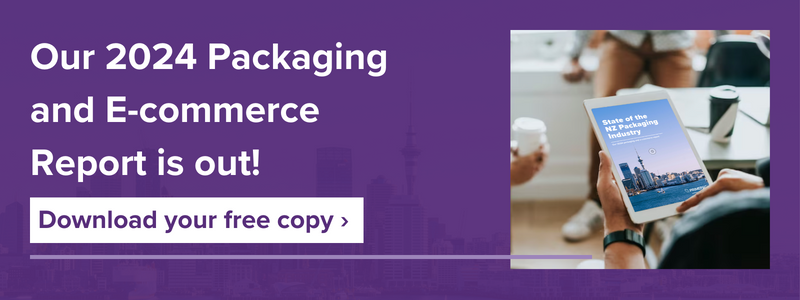

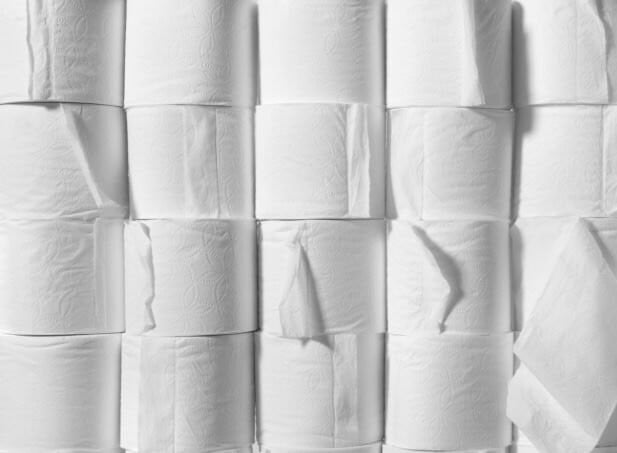
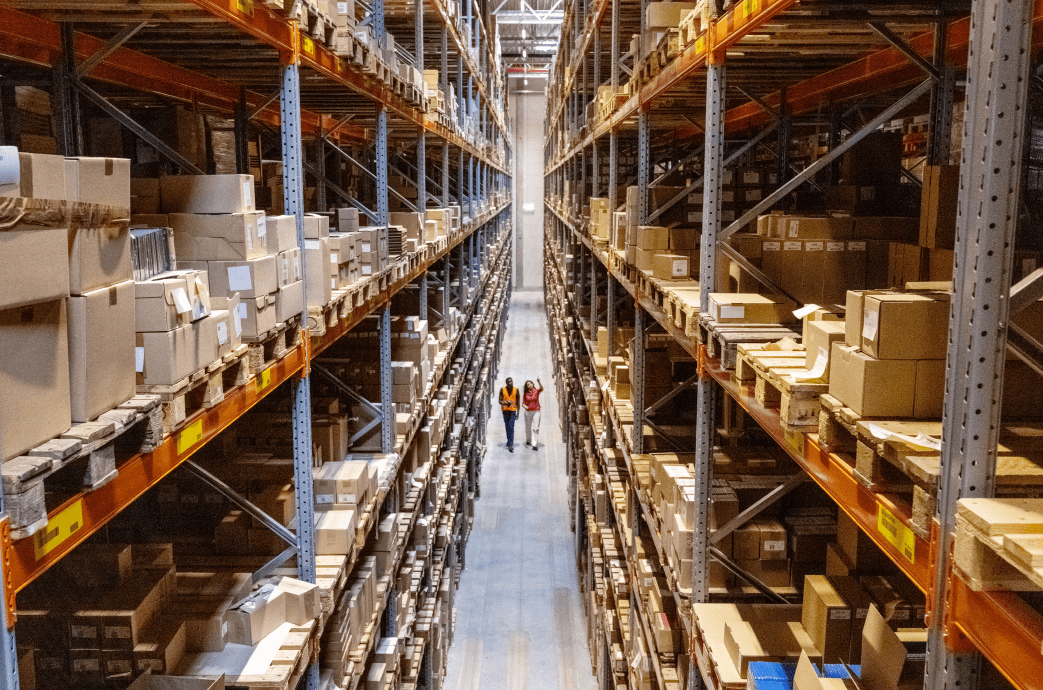
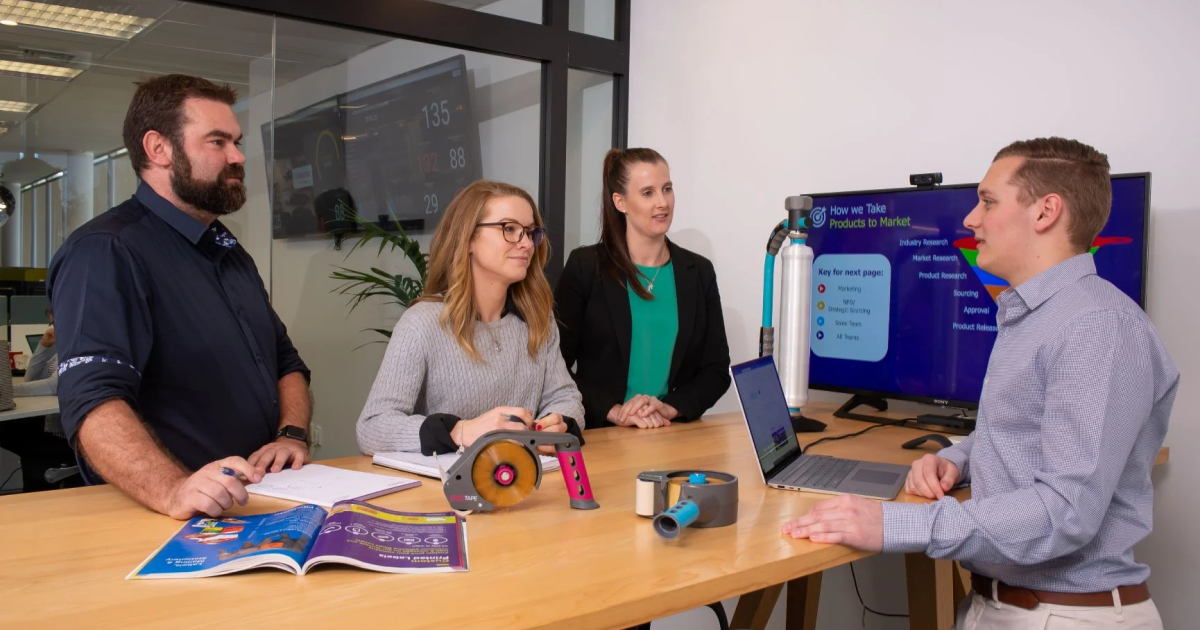
.png)
